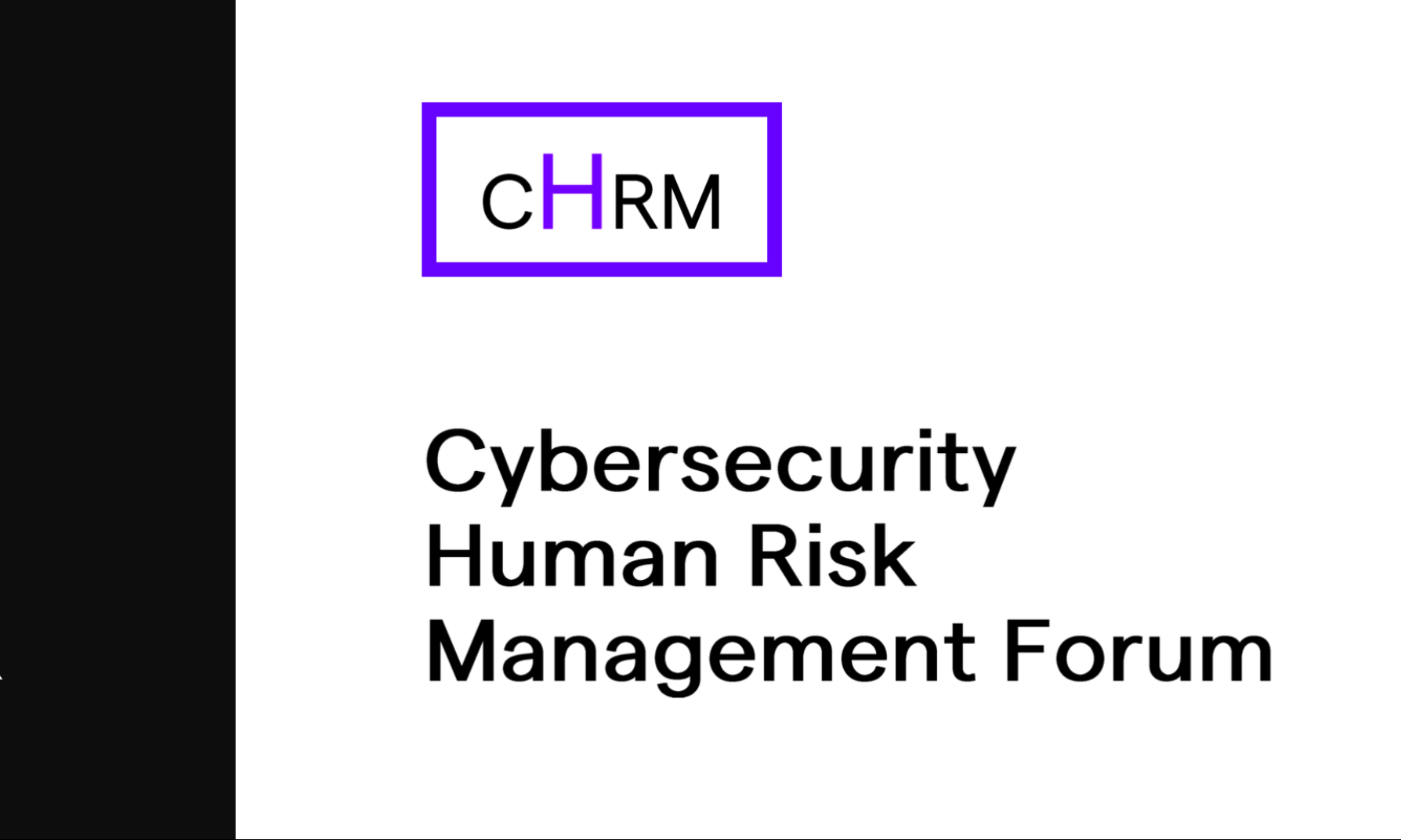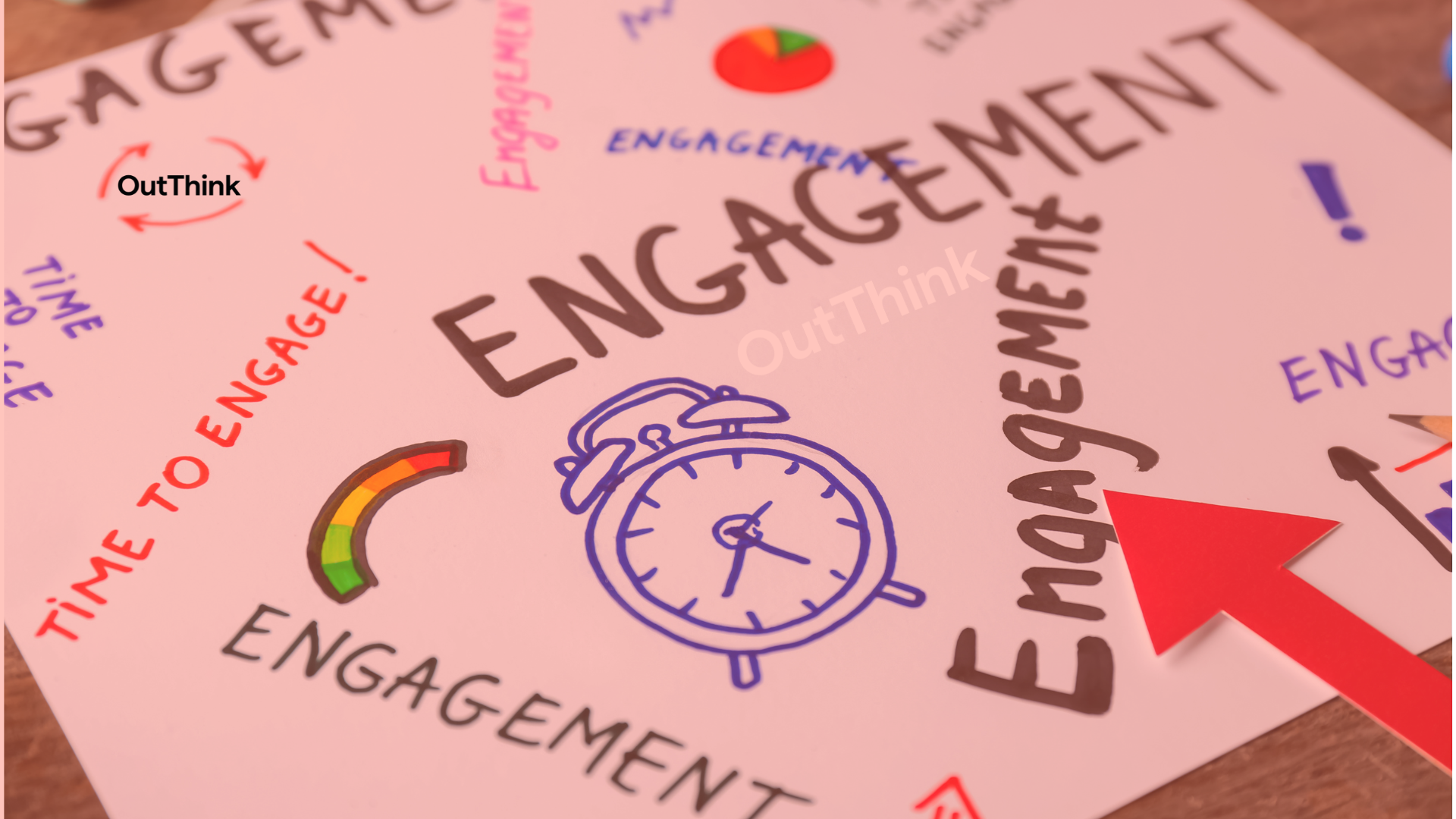Multifactor Authentication (MFA) remains one of the most effective tools in the fight against cyber threats. As outlined by CISA and the National Cybersecurity Alliance, turning on MFA is a key pillar of Cybersecurity Awareness Month 2024. With phishing attacks and identity theft growing more sophisticated, adding this additional layer of protection is vital for both individuals and organizations.
Why MFA Matters
MFA enhances security by requiring users to provide two or more verification factors to gain access to a system. This additional barrier can help prevent unauthorized access, even if an attacker has obtained a password. According to CISA, using MFA could significantly reduce the risk of account compromise, which is often the gateway to data breaches and financial loss.
The Human Factor in MFA Adoption
While technology is critical, the human element is essential to security. This is where OutThink’s human-centric approach to cybersecurity comes into play. OutThink emphasizes that most security breaches stem from human error—around 91% of incidents, according to their research. Encouraging employees to adopt MFA isn’t just about technology; it’s about changing behavior and fostering a culture of security awareness.
OutThink and MFA
OutThink’s platform integrates tools like machine learning and human risk intelligence to tailor training and reduce risky behaviors. This approach ensures that employees not only understand how to use security tools like MFA but also whyit’s essential. By leveraging applied psychology, OutThink helps organizations foster a mindset where users are more likely to turn on MFA proactively, understanding it as a vital part of their role in safeguarding data.
OutThink’s human risk management platform aligns with the broader goals of Cybersecurity Awareness Month by making employees a part of the solution, rather than treating them as a security vulnerability. For example, through their SaaS platform, OutThink delivers intelligent training designed to improve employees’ security habits—turning MFA into an organizational standard, not an afterthought.
How to Enable MFA
Implementing MFA is simple across most platforms. Popular services like Google, Microsoft, and even social media platforms have made it easy to activate. The CISA guide provides step-by-step instructions for enabling MFA on personal accounts. Ensuring that your organization’s employees know how to activate it—and understand the risks of not doing so—is critical.
Conclusion
Turning on MFA is a simple but powerful step in protecting both individual and organizational data. By combining the technical advantage of MFA with the human-focused security strategies promoted by OutThink, companies can significantly reduce their cybersecurity risk.
This Cybersecurity Awareness Month, make sure MFA is at the top of your organization’s priority list. OutThink has been proactively working with customers, partners and our community to enable everyone for Cybersecurity Awareness Month with free materials. We even developed a turnkey Cybersecurity Awareness Month program that organizations can download and use.






